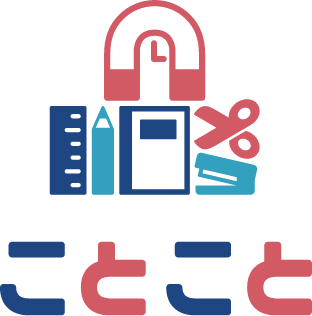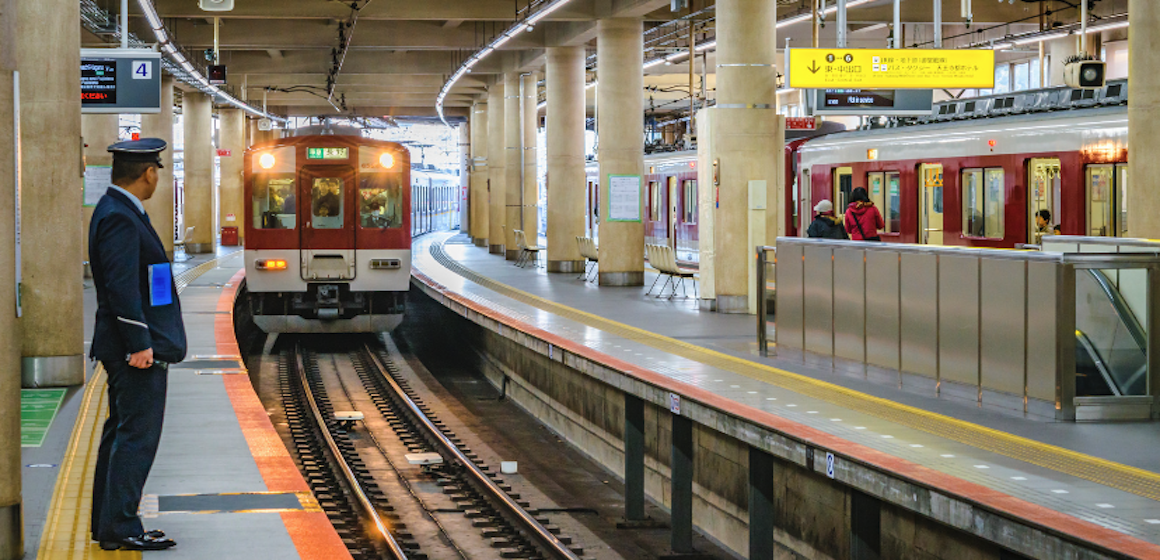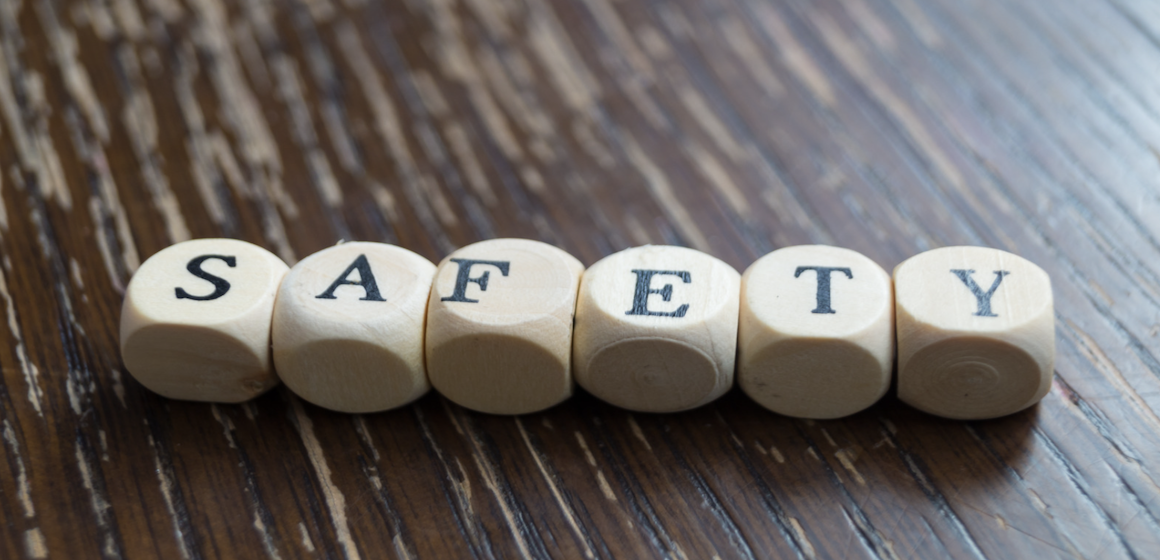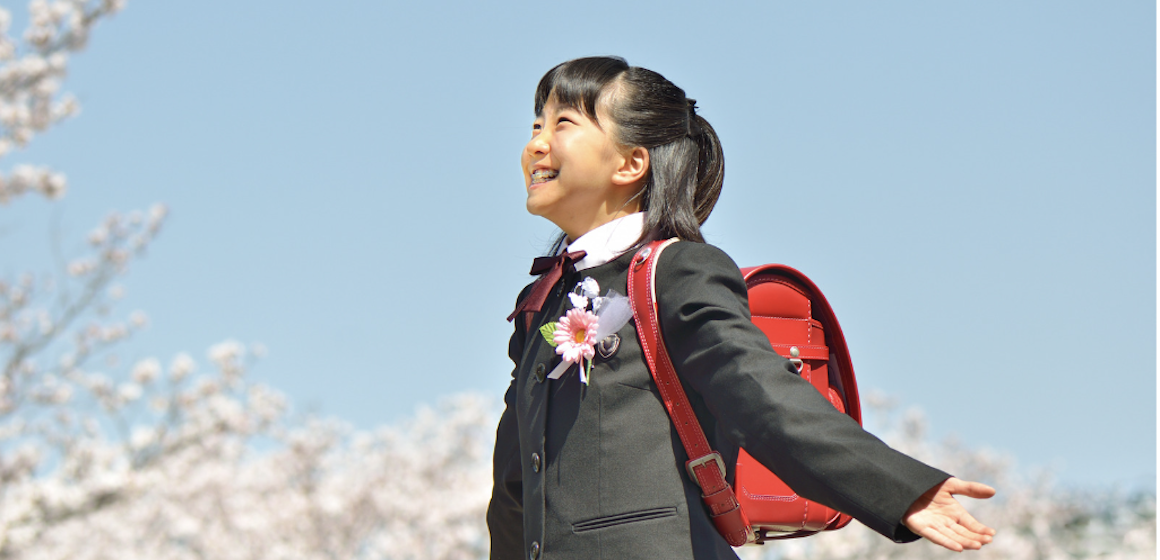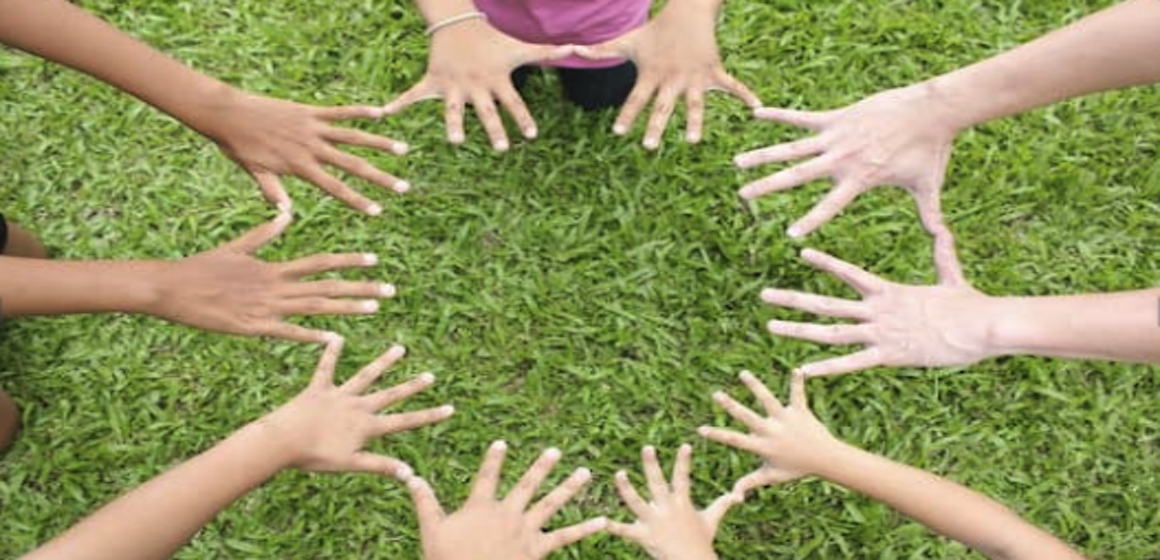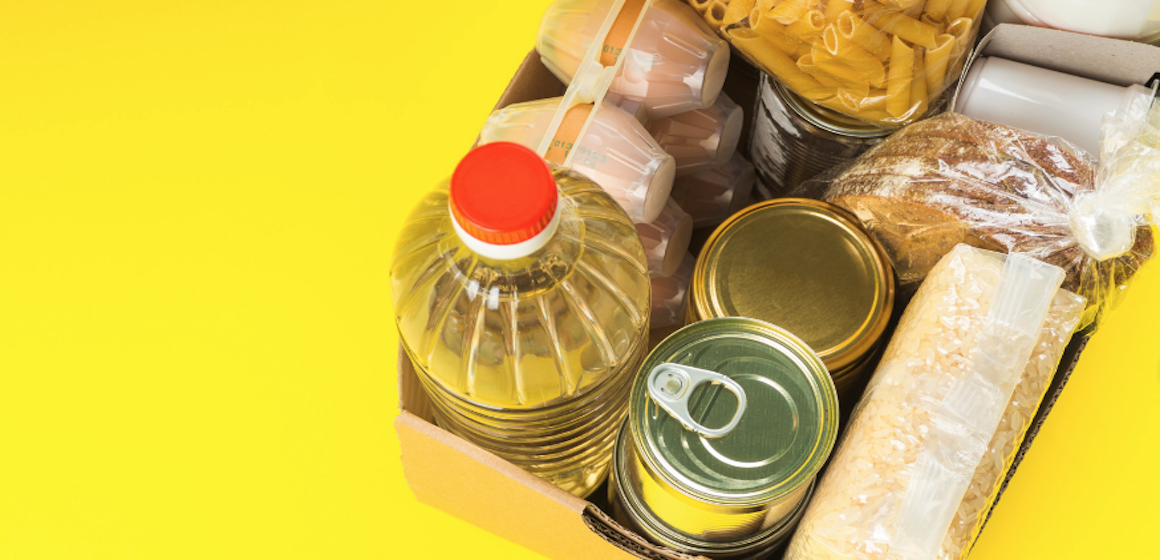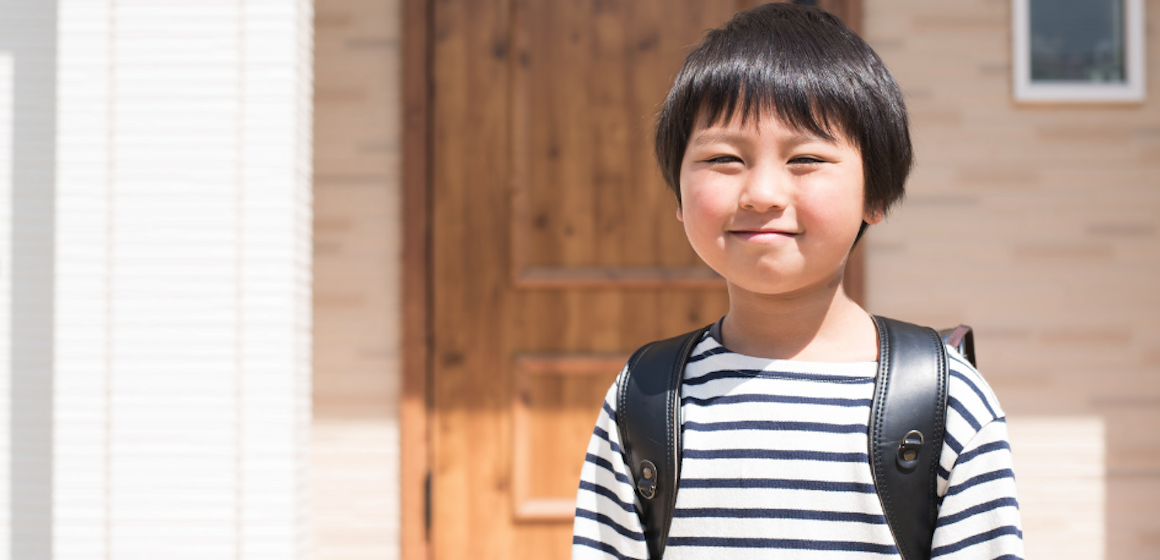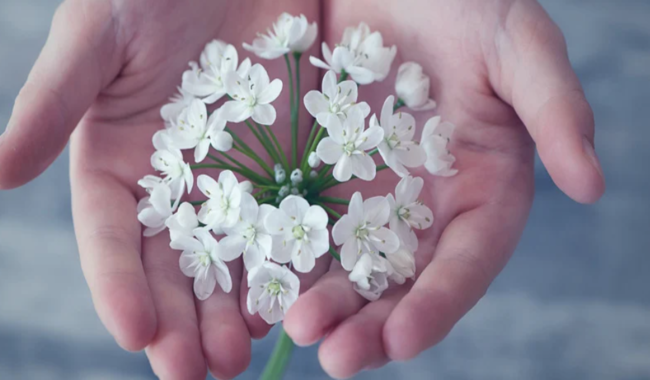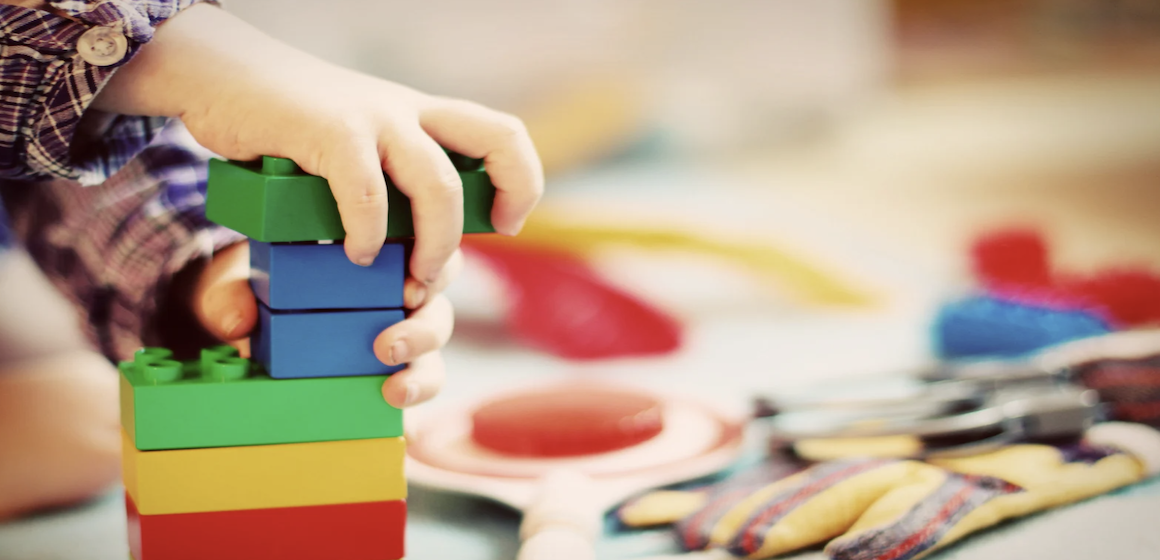2nd grade
-
Fees for public transportation such as trains, buses, and planes are different for adults and children. Up to what age do “child” fares apply?
Up to What Age Do “Child” Fares Apply?
Public transportation fees vary depending on age. Age groups vary depending on the type of transportation and service. Here is some information on fees for trains and buses. Age groups for trains and buses are “adult”, “child”, “toddler” and “infant”.
“Adult” fares apply to those who are 12 years old or older, except if the child is still in elementary school in which case they still pay the “child” fare. 12-year-olds need to start paying for the “adult” fare on April 1st of their first year of middle school. “Child” fares apply to children 6 years old through 12 years old, except if the child is not in elementary school yet, in which case they still pay the “toddler” fare. “Adult” refers to middle school students and above, “child” refers to elementary school students, “toddler” refers to pre-school children 1 year old and older, and “infant” refers to children under 1 year old.
Fare Varies Depending on the Number of People Using the Service:
Below are the cases that you need to pay attention to when riding trains and buses.
◯ When an “toddler” (pre-school child 1 year old and older) is riding alone:
A “child” fee will be charged.
◯ When a parent is riding with 3 or more children:
If a parent is riding a train or bus with 3 or more children, the first two are free, a “child” fare must be paid for the rest.
As a child under 1 year old is always free, there is no fee charged even if you have 3 or more children that are under 1 year old.
Other Fares:
◯ Shinkansen and express trains:
When riding shinkansen or express trains with an infant or toddler on your lap without using a seat for them, the infant/toddler can ride for free. Note that “child” fares apply when using a seat for an infant/toddler. If a 3rd infant/toddler uses a seat, then train tickets, limited express tickets and reserved seat tickets must be paid with a “child” fare.
◯ Planes:
For planes, “child” fares are required if a child is 3 years old or older. An adult can have a child (toddler or infant) that is 8 days to 2 years old on their lap free of charge. If an adult is riding with two children, a child fee will apply for the second child.
The fare specifications for “adult” and “child” differ depending on the type of public transportation. Check each company’s website or contact their office if it is difficult to understand their fare specifications.
-
Children go to and from school and lessons alone once they enter elementary school. Unfortunately, children sometimes become a victim of crime while on their way. To protect children, it is important to raise their crime prevention awareness.
Acronym to Remember – “IKaNoOSuShi”
“IKaNoOSuShi” is a word created by the Tokyo Board of Education and Metropolitan Police Department to protect children.
・ 知 らない 人 に ついて 「いか」ない(IKa) = (Ikanai) Don’t follow people you don’t know
・ 知 らない 人 の 車 に 「の」らない (No) = (Noranai) Don’t get in a stranger’s car
・ 助 けてと 「お」お 声 を 出 す(O) = (Oogoe) Shout out for help
・ 連 れて 行 かれ そうに なったら 「す」ぐ 逃 げる(Su) = (Sugu nigeru) Run away immediately if you feel like you’re about to be taken away
・ 近 くの 大人 に 何 が あったかを 「し」らせる(Shi) = (Shiraseru) Tell a nearby adult what happened
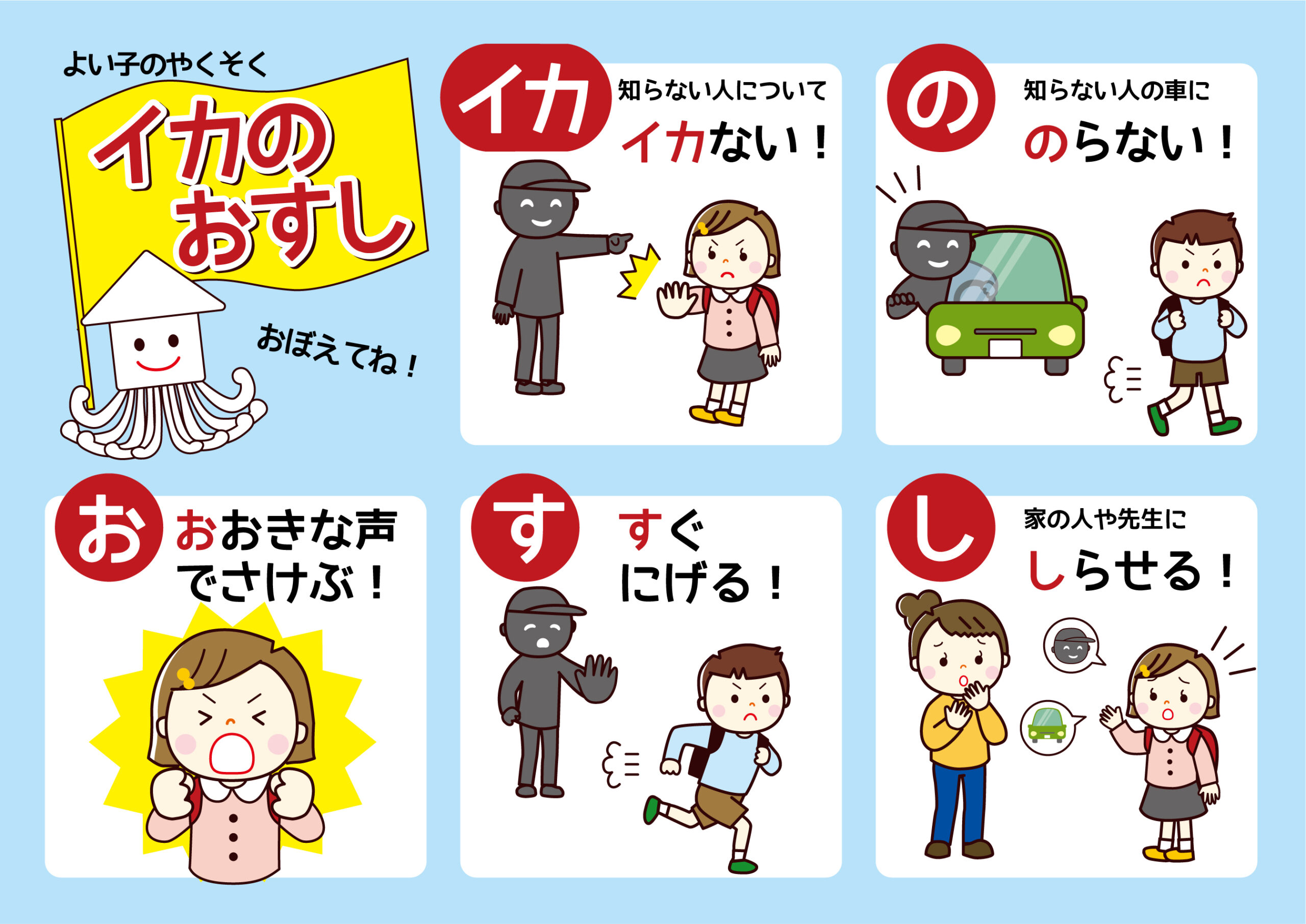
It is a word that is easy for small children to remember. Talk about it at home and avoid putting your child in danger.
Check the School Route and Learn How to Use a Personal Safety Alarm
Walk the way to school with your child and see if there are any dangerous places. Some places can become dangerous from dusk to night. Try to walk at different times of day. Also think together with your child about how to respond in case of emergency. Have your child practice how to use a personal safety alarm so they can get used to it.
Adults may want to regularly talk to the neighborhood children, and raise crime prevention awareness in the community to keep children safe.
-
In Japan, students have spring break for about 10 days to 2 weeks, from the end of March to the beginning of April. Here are some tips on how to spend spring break.
The School Year Ends in March
In Japan, the school year starts in April and ends in March of the following year. Spring break starts when the school year ends in March and lasts until the start of the next school year in April. Spring break is a period when students review what they have learned in previous grades, organize their belongings and get ready for the new school year.
Old Textbooks and School Supplies
Students can go through their textbooks and school supplies from the past year, before the start of the next school year. As some textbooks are used for more than one year, be careful not to get rid of them by mistake. Other old textbooks can be disposed of or kept for reviewing. While going through school supplies, students can clean and organize them, and add what is missing.
Check for Size Changes
Indoor shoes and gym clothes may have gotten too small. Check to see if anything is getting smaller. Also, students’ names on their belongings need to be updated with changes in grades or classes(Writing your pupil’s name on their belongings).
Maintaining a Daily Rhythm
Long vacations are also a period when routines tend to be disrupted. Because students get back to a school-centered lifestyle as soon as the new school year starts in early April, they should try to maintain their daily rhythm so they can easily adjust back to a school-day routine.
-
Children’s school lives at elementary school are very different from kindergarten or nursery school. Parents roles also change; Although they do not need to pick up and drop off children at school, they can help their children by checking their belongings, helping them with homework, etc. How children will spend their time after coming home may need to be more structured. Especially for children with foreign roots, it may take some time to understand language and adapt to customs. Here is some support available for children with foreign roots entering elementary school:
School Life of Children in First Grade of Elementary School
◯Class Content:
Classes in first grade are focused on learning the basics, such as reading, writing and arithmetic. There are also experiential learning classes including physical education and music. In addition, there are school events like student presentations and sports meetings where students can demonstrate what they have learned.
◯School Life:
There is a fixed daily schedule for classes and breaks at school. The schedule includes lunch time and cleaning time. As children have more opportunities to work together at elementary school, they need to learn how to interact with friends and understand the rules.
◯Homework:
In general, children in first grade do not seem to have that much homework. However, there is some homework that requires parental confirmation, such as reading aloud and arithmetic calculations.
Roles of Parents of Children in First Grade
Once children start elementary school, the daily routine of parents also changes. Parents’ roles include watching over their child as they get used to their school life, supporting them with their homework and learning, and supporting school events by preparing or participating. Children go home on their own after school. The time they get home varies depending on the child and the day. Children go home before lunch time on the days when school lunches are not provided. Working parents need to decide if their child goes to an after-school care program or, if not, how their child spends time after getting home from school.
Support Available for Children With Foreign Roots
When children with foreign roots enter Japanese elementary school, language and cultural differences must be taken into consideration. Children whose native language is not Japanese may have difficulty understanding class content or communicating with friends. They also need to adapt to cultural differences such as etiquette and customs. Parents/guardians need to understand the Japanese education system. Look below to see what kind of support is available when facing these challenges:
◯School Support:
At public elementary schools, Japanese-language education support (and possibly interpretation services), are available for children/guardians with foreign roots, depending on the case. You can contact the school counselor if assistance is needed.
◯Community Support:
Your local international exchange center and community volunteers may provide language support to families with foreign roots as well as hold cultural exchange events.
Multicultural Coexistence Support Organizations in Tokyo:
◯Online Communities:
There are some websites and online communities that provide useful information and advice on learning the Japanese language and adapting to school life for children and their families with foreign roots.
If there are any concerns about your child’s new school life, contact the Child Care Support Division at your local government office or the school that your child is planning to join, so that you can receive necessary support or introductions to support providers.
-
Multicultural Coexistence means that people of different nationalities and ethnicities recognize each other’s cultural differences, and live together as members of a community while trying to establish an equal relationship, according to the report by the Council for the Promotion of Multicultural Coexistence, Ministry of International Affairs and Communications. Here are some different types of support available for foreign residents in Japan:
International Exchange Associations in Tokyo
International Exchange Associations have been established to promote interactions between foreign residents and Japanese residents in an area. Services include cultural exchange and living support:
Tokyo Metropolitan Foundation “Tsunagari”:
Chuo Cultural and International Exchange Association:
Minato International Association:
Shinjuku Foundation for Creation of Future:
Shinagawa-ku International Friendship Association:
Meguro International Friendship Association:
Global City Ota Coorperation Association: https://www.ota-goca.or.jp/Setagaya Intercultural Center:
Association for Nakano International Communications:
Suginami Association for Cultural Exchange:
Arakawa International Communications:
Itabashi Culture and International Exchange Foundation:
NPO Hachioji International Association:
Musashino International Association:
Mitaka International Society for HOsPitality:
Chofu International Friendship Association:
Machida Cultural and International Exchange Foundation/Machida International Center:
Kodaira International Friendship Association:
Hino City International Friendship Association:
Higashimurayama City International Friendship Association:
Kokubunji International Association:
Komae International Friendship Association:
Tama City International Center:
Foreign Residents Support Groups/International Exchange Organizations in Tokyo
The non-profit organization, Kidsdoor, operates the information service, Kotokoto, as well as the Kidsdoor International Communication Center (KICC). KICC provides support to families with foreign roots. The support includes food pantry, cooking exchange, and educational support. Here are the lists of organizations in Tokyo that provide support to foreigners and promote international exchange, including living support and learning of Japanese language:
◯Tokyo:
International Society of Educational and Culture Exchange:
Akabane Japanese Language Class:
Citizen’s Meeting to Interact with Asia (Asia no Kai):
Asian People’s Friendship Society:
AMDA Medical Information Center:
Our Foreign Neighbors We Care:
Kids International Village (KIV):
Koganei International Support Service Association (KISSA):
Citizen’s Network for Global Activities:
International Foreign Students Association:
Ring of National Anthem Association (Kokkanowa):
Support 21 Social Welfare Foundation:
Services for the Health in Asian & African Regions (SHARE):
The Support and Communications Centers for People Returning from China:
Children Meet Countries (CMC):
Club of Children and Students working together for multicultural society (CCS):
Sports Camp of America (SCOA):
Youth Support Center YSC Global School:
Tokyo English Life Line (TELL):
Tokyo Nihongo Volunteer Network:
The Young Women’s Christian Association of Tokyo:
NICE (Never-ending International workCamps Exchange):
International Social Service JAPAN:
Hachioji International Friendship Club:
Easy Communication Association:
Labo International Exchange Foundation:
HATI JAPAN – Culturally and Linguistically Diverse Child Development Support:
Nonprofit Organization Association Japan-Peru for Integration (AJAPE):
Japan Islamic Trust Masjid (Mosque) Otsuka:
◯in 23 wards:
Japan Intercultural Intelligence (JII):
Cross-cultural Exchange Edogawa Homestay Club:
NPO International Association KOTO:
GCI Global Community Interaction:
Volunteer Japanese Class “MeiMei”:
◯Adachi ward:
Kidsdoor International Communication Center (KICC):
International Association KOTO:
Volunteer Japanese Class “MeiMei”:
Japanese Language Class “Nakayoshi”:>
Japanese Language Circle “Kurihara”:
◯Arakawa ward
◯Itabashi ward:
Akatsuka Japanese Language Class:
The Global Organization of Dreamers (Good!):
Asian Community Takashimadaira:
◯Inagi city:
Inagi International Friendship Club:
◯Edogawa ward:
Cross-cultural Exchange Edogawa Homestay Club:
NPO International Association KOTO:
International Society of Educational and Cultural Exchange:
Japan Islamic Trust – International Islamic School Otsuka:
◯Ota ward:
Interact with Community (IWC) – Kokusaishimin no kai:
Edo Kai - English Conversation Club from OTA:
Ota Citizens’ Network for Peoples’ Togetherness (OCNet):
◯Katsushika ward:
International Association KOTO:
◯Kita ward:
Akabane Japanese Language Class:
◯Kunitachi City:
Kunitachi International Friendship Association WING:
KUNIBO (Kunitachi Disaster Risk Management for Diverse Residents):
◯Koto ward:
International Association KOTO:
International Society of Educational and Cultural Exchange ISECE:
Sports Camp of America (SCOA):
◯Koganei City:
Koganei International Support Service Association (KISSA):
Koganei-shi Seikatsu Japanese Language Class:
◯Kokubunji city:
Japanese Language Class (Atsumare Nihongo Hiroba):
◯Kodaira City:
Japanese Language Class (Atsumare Nihongo Hiroba):
◯Shinagawa ward:
Club for Children and Students Working Together for Multicultural Society (CCS):
NPO Interact with Community (IWC):
Support 21 – Social Welfare Foundation:
◯Shibuya ward:
Kids International Village Japan (KIV):
Sports Camp of America (SCOA):
◯Shinjuku ward:
International Education Center (IEC):
International Cultural Youth Exchange (ICYE Japan):
Shanti Volunteer Association (SVA):
Waseda Hoshien Japanese Volunteer Circle:
Shapla Neer (Citizen’s Committee in Japan for Overseas Support):
◯Suginami ward:
Kids International Village Japan:
◯Sumida ward:
International Association KOTO:
Sumida Japanese Language Education Support:
◯Setagaya ward:
International Society of Educational and Cultural Exchange (ISECE):
Caring for the Future Foundation Japan (CFF):
◯Taito ward:
Refugee Empowerment Network (REN):
◯Tachikawa city:
Atsumare Nihongo Hiroba (Japanese Language Class):
Tachikawa International Friendship Association (TIFA):
◯Chuo ward:
Partners of NIHONGO Communication:
◯Chofu city:
Partnership with International Neighbors and Tomodachi (Pinatto):
◯Chofu city:
International Society of Educational and Cultural Exchange (ISECE):
◯Toshima ward:
International Youth Association of Japan K.S.K.K.:
Toshima Kodomo Gakushu Shien Network (Tokonet):
Japan Islamic Trust – International Islamic School Otsuka:
◯Nakano ward:
HATI JAPAN – Culturally and Linguistically Diverse Child Development Support:
◯Nishitokyo city:
Nishitokyo Multicultural and Internatiopnal Center (NMIC):
Nishitokyo Nihongo Class (Ninicl):
◯Nerima ward:
Kasugacho Beginner’s Japanese Class:
◯Hachioji city:
Club of Children and Students working together for multicultural society (CCS):
Kokohana Yasashii Nihongo Hachioji:
◯Higashikurume city:
Higashikurume International Friendship Club:
◯Higashimurayama city:
Higashimurayama City Japan-China Friendship Association:
Higashimurayama Global Citizen’s Club:
◯Higashiyamato city:
Japanese Language Class (Atsumare Nihongo Hiroba):
◯Hino city:
◯Fuchu city:
Fuchu Multicultural Center DIVE:
◯Bunkyo ward:
The Asian Students Cultural Association (ASCA):
Japan-China Friendship Center:
Bunkyo Multilingual Support Network:
◯Machida city:
Machida International Friendship Association (MIFA):
Nonprofit Organization Association Japan-Peru for Integration (AJAPE):
◯Mitaka city
Partnership with International Neighbors and Tomodachi (Pinatto):
◯Minato ward:
International Society of Educational and Cultural Exchange (ISECE):
Tamachi Nihongo Club & Circle:
The Archives of the World Languages:
◯Musashino city:
Partnership with International Neighbors and Tomodachi (Pinatto):
Musashino-Romania Brasov Friendship Citizen’s Association:
◯Musashimurayama city:
Atsumare Nihongo (Japanese Language Class):
◯Meguro ward:
Refugee Empowerment Network (REN):
The Archives of the World Languages:
Multilingual Picture Book Blub RAINBOW:
◯Tama area:
Atsumare Nihongo (Japanese Language Class):
Kokohana Yasashii Nihongo Hachioji:
Nonprofit Organization Association Japan-Peru for Integration (AJAPE):
Reference source: Tokyo Intercultural Portal Site
-
In Japan, various organizations run food pantry programs which offer food to those in need. Their food is donated by companies, organizations, etc. It is intended mainly for households with children and single-mother households, and anyone can use it when they are in need of food.
What Is a Food Pantry?
A food pantry is a program that distributes food to people who have difficulty purchasing it. Food is donated by companies, organizations and individuals. Companies donate their food without quality problems that were not consumed and would have been disposed. Therefore, food pantries also play a role in eliminating food waste. Although who can use the food pantries depends on the regulations of the operating organization, the program often targets people in households that are having difficulty purchasing food or households with children.
Where Is the Food Distributed?
The way food is distributed varies depending on the organization that runs the food pantry program. In many cases, it is handed over at the distribution site. Distributed items are mainly items that can be stored at room temperature, including rice, retort food and snacks.
Where Are Food Pantries Located?
There are food pantries in various locations across the country. Search “(name of the area you live in) + food pantry” on the internet to learn about initiatives in your area. Check the dates and times and user instructions on each organization’s homepage and contact them if you wish to use their service.
-
There are certain procedures that need to be followed when transferring from one public elementary school to another school due to moving. School transfer, “tenkou” in Japanese, means to change schools. Procedures are different depending on whether or not the transfer happens within the same local government area or between different areas. Parents may want to start preparations early rather than just before moving to make sure you have enough time to complete the necessary procedures.
Necessary Documents and Procedures for School Transfers
School transfer procedures are different depending on if the new school is within the same local government area as the previous one or in another area. School administration procedures, such as document preparations, are required. Make sure to notify your child’s school once you decide to move.
◯If the school transfer is within the same local government area:
1. Notify the current school:
Notify your child’s current school that you are moving. The school will issue documents such as “zaigaku shoumeisho (Certificate of Student Enrollment)” and “kyokayou tosho kyuuyo shoumeisho (a form showing proof that the student has received textbooks)”, which need to be submitted to the new school. Store them in a secure place and be sure not to lose them.
2. Notify the new school:
Public schools assign students based on their residential address. Check for your child’s new school based on your new address. Ask at your local government office if you do not know which will be your child’s new school.
Reference: “School Choice System” Which Offers Choices of Schools You Can Attend
3. Submit “tenkyotodoke (Notification of Change of Address)” at your local government office:
“Tenkyotodoke (Notification of Change of Address)” (which is available for you to fill in at the local government office) and “zaigaku shoumeisho (Certificate of Student Enrollment)” need to be submitted at your local government office. Then they will issue a “tennyuugaku tsuuchisho (Transfer Notification Form)” which will need to be submitted to your child’s new school. Be sure not to lose it.
4. Follow the necessary procedures at your child’s new school:
Submit “zaigaku shoumeisho (Certificate of Student Enrollment)”, “kyokayou tosho kyuuyo shoumeisho (a form showing proof that the student has received textbooks)”, and “tennyuugaku tsuuchisho (Transfer Notification Form)” to your child’s new school and follow the necessary procedures to complete the school transfer process.
◯If the school transfer is to a different local government area:
1. Notify the current school:
Notify your child’s current school that you are moving. The school will issue documents such as “zaigaku shoumeisho (Certificate of Student Enrollment)” and “kyokayou tosho kyuuyo shoumeisho (a form showing proof that the student has received textbooks)”, which need to be submitted to the new school. Store them in a secure place and be sure not to lose them.
2. Notify the board of education in the area you are moving to:
Notify the board of education in the area you are moving to and check your child’s new school. Contact the local government office in the area you are moving to for the contact information of the board of education.
3. Notify the new school:
Notify your child’s new school.
4. Submit “tenkyotodoke (Notification of Change of Address)” at your new local government office:
“Tenkyotodoke (Notification of Change of Address)” (which is available for you to fill in at the local government office) and “zaigaku shoumeisho (Certificate of Student Enrollment)” need to be submitted at your local government office. Then they will issue a “tennyuugaku tsuuchisho (Transfer Notification Form)” which will need to be submitted to your child’s new school. Be sure not to lose it.
5. Follow the necessary procedures at your child’s new school:
Submit “zaigaku shoumeisho (Certificate of Student Enrollment)”, “kyokayou tosho kyuuyo shoumeisho (a form showing proof that the student has received textbooks)”, and “tennyuugaku tsuuchisho (Transfer Notification Form)” to your child’s new school and follow the necessary procedures to complete the school transfer process.
Preparation for School Transfer
Check what your child needs to bring to the new school and prepare it early if there is something missing. Some schools may give instructions that you do not have to buy new supplies designated by the new school, such as gym clothes and indoor shoes. Ask teachers and staff at your child’s new school if you have any questions. Say goodbye to teachers and school friends on the last day that your child attends school before moving.
There are many steps to follow for school transfer procedures. Ask at your child’s school or local government office if you have any questions, and make sure you have plenty of time to complete the necessary steps.
-
School refusal is a situation where children refuse to go to school and miss school more than 30 days a year for reasons other than illness or economic reasons. According to the 2023 report by the Education Ministry, the number of elementary and middle school children refusing to go to school was 299,084, which is an increase of 22.1% from the previous year and the highest ever. How should families respond at home if a child refuses to go to school?
Reasons for School Refusal
There are several different reasons for children’s refusal to go to school. One of the reasons is that there is a problem at school, which include relationships with friends and teachers not going well, being unable to keep up with classes, and club or extracurricular activities not going well. In some cases, bullying may be the cause
Another reason is that there is a problem at home. The problem may be a major change in the family environment, relationships with parents not going well, or family relationships not going well.
It might also be linked to some other reasons; not feeling like going to school without any specific cause, developmental disorders and neurosis, and orthostatic dysregulation (OD), a common disease in children around puberty that causes various symptoms including difficulty waking up in the morning. Some children may have multiple reasons.
How to Respond if Your Child Refuses to Go to School
If your child refuses to go to school, let them talk about their concerns or fears. Make sure to listen to them rather than stressing your expectations on them, getting angry or scolding. Children that refuse to go to school may have decreased self-esteem for some reason and feel like they do not fit in at school. Parents should approach a child refusing to go to school in a way that they can feel like they have a place at home, instead of feeling like they will get in trouble. Furthermore, consult with specialists or support organizations as well as the child’s school.
Places Where You Can Consult About Your Child’s School Refusal
You can consult with teachers or counselors at your child’s school. If it cannot be resolved by that, you can also consult with your local government office, such as the educational consultation center, the children and families agency, and the child consultation center and public health center. They can introduce you to the local government’s approach and support details as well as NPOs (Non-profit organizations) providing support.
These support centers are available for consultation by the person experiencing social withdrawal or their families. They provide support in collaboration with related organizations as necessary.
-Child Development Support Center
Development support centers are available for consultation regarding developmental disorders and provide support in collaboration with related organizations as necessary.
It is important that school refusal problems are not kept only within the family. Use support services available. A child’s school refusal can be very stressful for parents as well. Children will always mature. Parents should believe in their children and patiently support them while doing what they can to support them.
-
Developmental disorders are congenital disorders related to brain development. People with developmental disorders often have difficulty with communication or interpersonal relationships, and many of them have difficulties in life. There are several types of developmental disorders and each has its strengths and weaknesses depending on its characteristics. Receiving treatments can promote a child’s development and help them live independently.
Characteristics of Developmental Disorders
Common types of developmental disorders include Autism Spectrum Disorders (ASD), Learning Disorders (LD), Attention-Deficit/Hyperactivity Disorders (ADHD), Tics and Stuttering.
Autism Spectrum Disorders(ASD)
◯Characteristics:
-Have difficulty with communication or interpersonal relationships
-Show interest in something specific, repeat the same action, etc.
◯Difficulties faced by children with ASD:
-Have difficulty making friends
-Do not like sudden schedule changes
Learning Disorders (LD)
◯Characteristics:
-Have difficulty reading
-Have difficulty writing
-Have difficulty calculating
◯Difficulties faced by children with LD:
-Cannot keep up with school classes
-Self-esteem decreases
Attention-Deficit/Hyperactivity Disorders (ADHD)
◯Characteristics:
-Have trouble paying attention
-Restless
-Act on impulse
◯Difficulties faced by children with ADHD:
-Have difficulty sitting still during class
-Make careless mistakes
Tics
◯Characteristics:
-Make sudden loud verbal sounds
-Repetitive movement like eye blinking and head shaking
◯Difficulties faced by children with tics:
-People around them think they are restless and cause trouble
Stuttering
◯Characteristics:
-Pausing within a word or repetition of a word
◯Difficulties faced by children with stuttering
-People around them laugh at them
-People around them correct their speech
Places to Consult About Children’s Developmental Disorders
Consult with the local government office in your area if you have any concerns about your child:
- Public health center
- Child care support center
- Child consultation center
- Support center for persons with developmental disorders(in Japanese)
- Child development support center
- Mental health and welfare center(in Japanese)
Developmental Support for Children with Developmental Disorders
Treatments (developmental support) are available for children with developmental disorders. The treatments are to help promote a child’s development so that they can live their daily life smoothly. Treatment details vary depending on the characteristics of the child’s symptoms. Public treatment support is available after you consult with the local government in your area and if the treatment is deemed necessary. Here are the procedures to receive the public treatment support:
1.Consultation:
Consult with public institutions and medical institutions
2.Developmental test:
Child undergoes a specific test
3.Selection of a treatment facility:
Select the facility to receive the treatment. Location varies depending on the local government.
4.Application and issuance of developmental support recipient certificate:
Type of certificate varies depending on the selected facility. Medical certificate may be required depending on the area. Check with your local government office.
5.Start using the facility:
Treatments within the specified type and amount on the certificate are available for the child.
Although the causes of developmental disorders are not clearly understood, the cause is not the way parents raised them or their own lack of effort. Consult with support facilities if you notice your child showing signs of developmental disorders or having problems so that they can receive support.
-
A food allergy is an allergy that occurs when you eat a certain food. Symptoms include body itching, hives, swelling of lips, vomiting, abdominal pain, diarrhea, coughing, and asthma. Severe symptoms are called anaphylaxis, which can be life-threatening, and include drop in blood pressure, difficulty breathing, and loss of consciousness. When teaching children with foreign roots, consider differences in customs and be sure to prevent children from coming into contact with allergens at school.
Food Allergies
The human body has an immune system which keeps invaders like germs and viruses out of the body. Food allergies are caused by an overactive immune system responding to allergens (substances that cause allergies, mostly proteins) contained in certain foods. Food allergies are not only caused by oral intake, but can be caused by the allergen entering the body through inhalation, skin contact or injection. Symptoms from any of these cases, are called food allergies.
Food Allergy Testing
Symptoms that could be due to food allergies include severe and stubborn rash on the face or whole body, rash, vomiting, face turning red and difficulty breathing, and itching in the mouth after eating. If you have these symptoms, get tested for allergies at a hospital to identify the cause.
Foods That Cause Allergic Reactions
There are many types of food that can cause allergic reactions. Allergen labeling is required by the food labeling law. Be sure to check food labels if your child has food allergies.
[Specific Raw Materials]
The 8 food items that must be labeled: shrimp, crab, walnut, wheat, buckwheat, egg, milk, and peanut, are the foods most commonly associated with food allergies and severe symptoms.
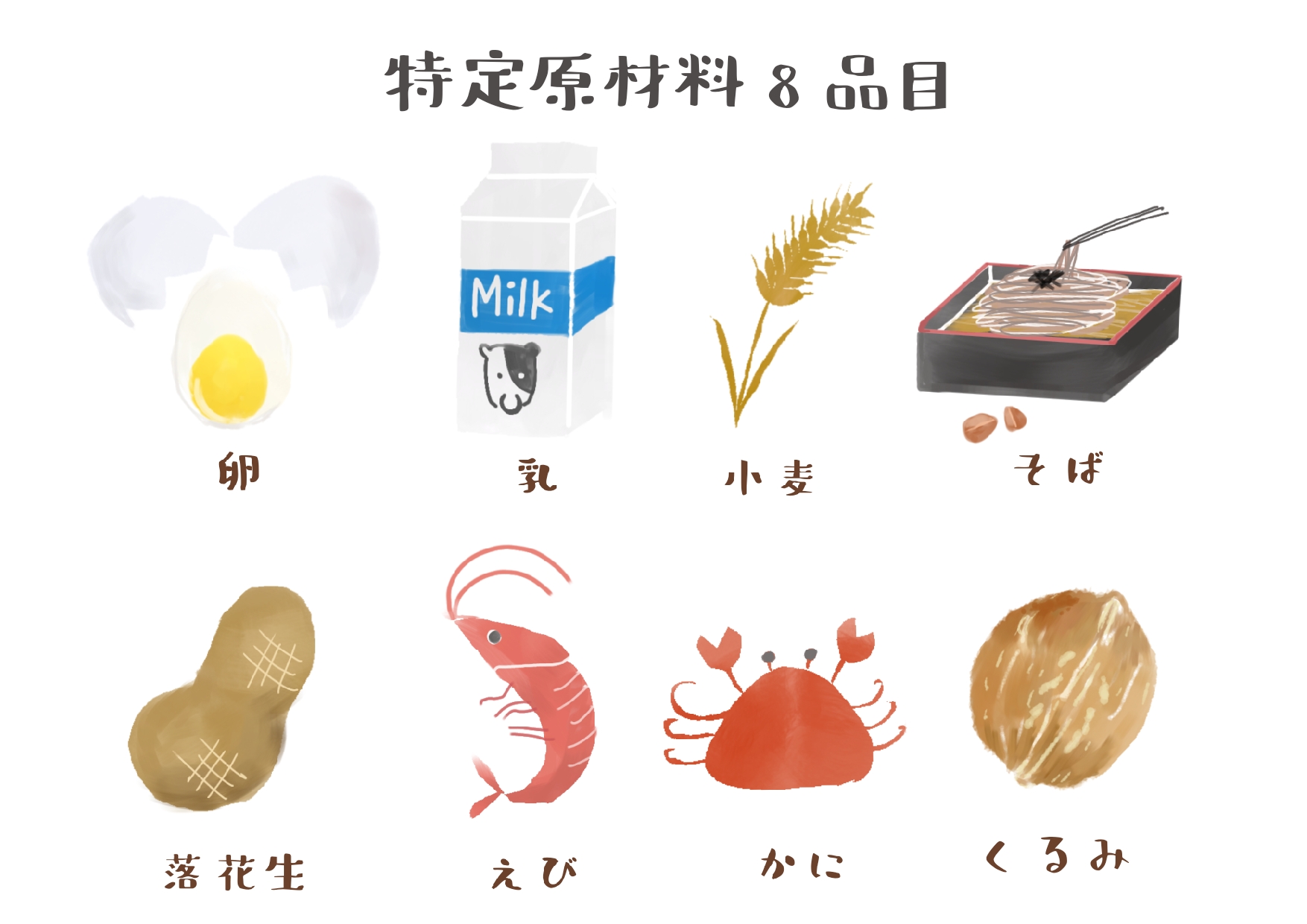
[Substances equivalent to specified raw materials]
It is recommended, but not required, to label these 20 food items: almond, abalone, squid, salmon roe, orange, cashew nut, kiwi fruit, beef, sesame seed, salmon, mackerel, soybean, chicken, banana, pork, matsutake mushroom, peach, Japanese yam, apple, and gelatin.
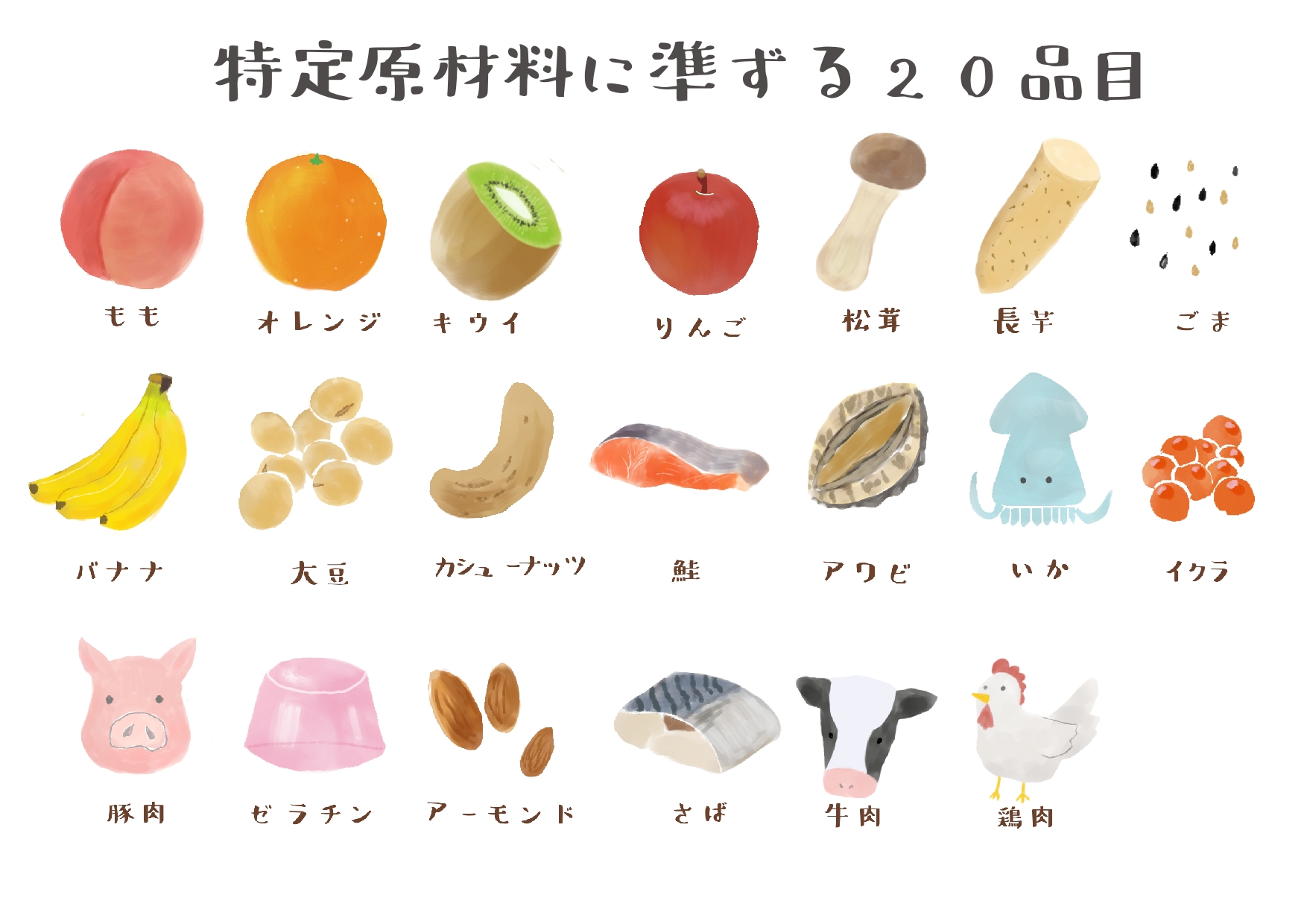
What to Do When Allergic Symptoms Occur
If a child develops allergic symptoms, follow the guidance and take appropriate measures.
Food allergy emergency measures guidance:
Extra attention is required if anaphylaxis occurs. The signs of anaphylaxis include rash and hives spreading over the whole body, redness on the face, swelling of the lips or eyelids, as well as drop of blood pressure, difficulty breathing, fainting, abdominal pain, and vomiting. Reactions such as drop in blood pressure and disturbances in consciousness are called anaphylaxis shock, which is a severe reaction that occurs suddenly and can worsen quickly, and is potentially life-threatening. If you suspect someone is in anaphylaxis shock, call an ambulance (119) and use an EpiPen according to the instructions.
Points to Note When Working With Children With Foreign Roots
Children may come into contact with allergens other than school lunches while they are at school. There are some Japan-specific school events and classes that may include unexpected situations for children and parents with foreign roots. Talk with them about how to deal with the events and classes ahead of time.
-School events and cooking classes:
For Setsubun event, make sure to check that the beans for throwing do not include nuts other than soybeans. For cooking classes, be careful when handling wheat and buckwheat flour, as inhaling the powder may cause allergic symptoms. Caution is also required when students are bringing ingredients from home.
-Art and craft classes:
Wheat clay can cause allergic symptoms by coming into contact with skin. Empty milk cartons, egg cartons, plastic bottles, cans and snack containers used for crafts may contain allergens.
-Sports day, field trips, extracurricular classes and overnight trips:
Make sure to check about allergens in advance when planning a factory tour, etc. For overnight trips, be sure to consult and confirm with the accommodation facility and parents ahead of time.
There are some cultures and customs different from other countries that children may experience at Japanese schools. Check thoroughly about food allergies for children with foreign roots and take measures to keep them safe.
